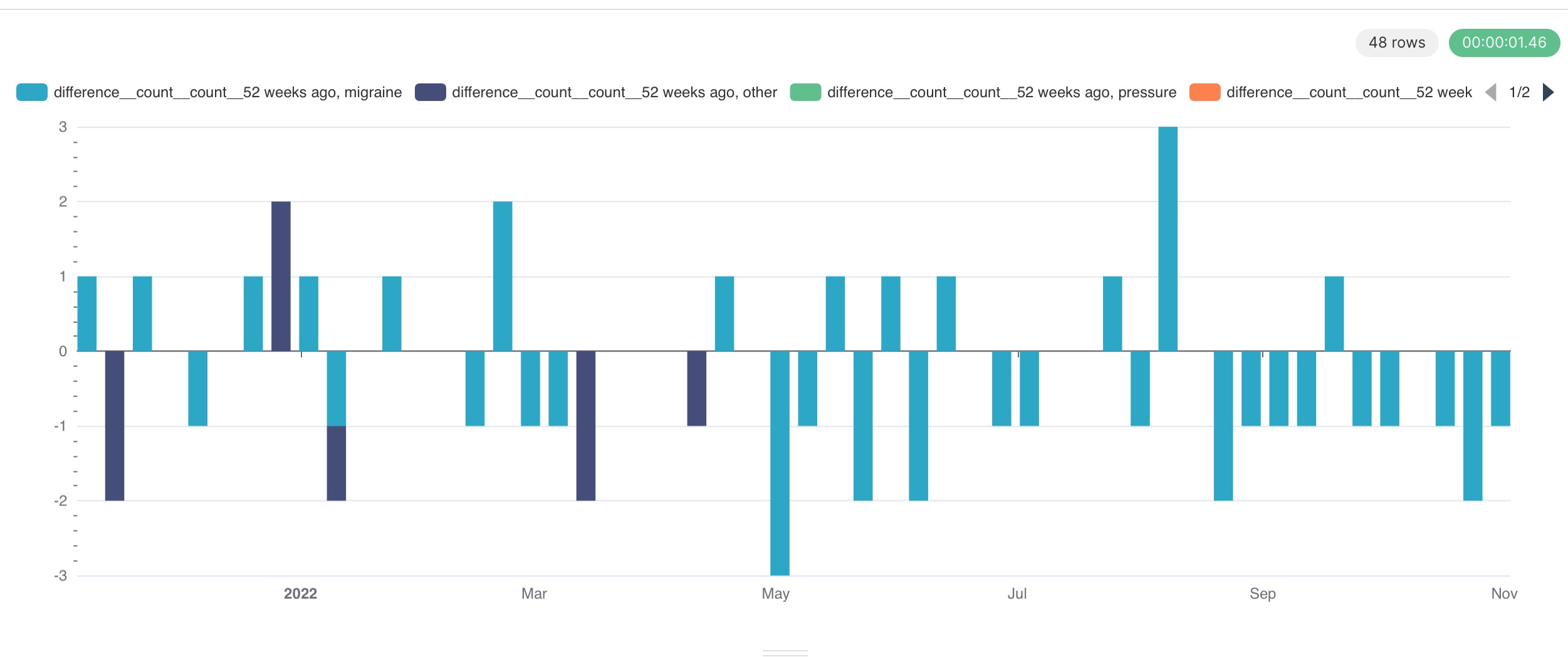Perlovs [or personal] analytics hub aka PAH
This is my own personal home PI (as in - personal intelligence) system. It is not entirely unlike enterprise BI.
It is potentially intentionally over-engineered, because apparently like to have pain fun with OSS.
Currently it consists of:
- Custom built python based package & cli to load sources (Airflow - I am looking at you)
- Reads CPI data from BLS
- Loads exchange rates from ECB and cryptocompare
- Loads my personal financial data from drebedengi using python API wrapper I wrote
- Loads my family headache and other diaries that we track using another project of mine: NerdDiary Server and telegram bot that is yet to be open sourced
- dbt to transform data
- Apache Superset to visualize data
- A bunch of scripts, dockerfiles & one big fat docker-compose file to run everything
If by any chance you are using Drebedengi and/or NerdDiary, or you want a template to build your own PAH, read on how to spin this up.
So what kind of intelligence can I get from this?
I am still building out dashboards, but here are two examples.
My financial overview dashboard (hope the upward cost trend is not due to dockers eating too much energy):

YoY trend from my headache diary:

How to run
Let me repeat: NEVER EVER...EVER EXPOSE THIS TO INTERNET. Better use tailscale or something similar to access it from outside.
I am not responsible for any damage this might cause to your machine or data.
Prerequisites
I am running it on my Macbook Pro (for development) and on my Synology NAS (for production). So it should probably work on any *nix environment, but I have not tested it.
I assume you know basic docker and docker-compose. If not, please read this and this.
Deploying
You will need to:
- Make a copy of .env.sample and rename it to .env
- Fill in all the variables in .env (although most have defaults buried in docker-compose.yml and scripts, but it is better to be explicit)
- Run
source .envto load all the variables into your environment - Run
make docker-resetorscripts/reset_and_init.shto build and run all the containers
Voila! You should be able to access Superset at http://localhost:8088 (or whatever you set SUPERSET_PORT to in .env)
In order to see example dashboards, you will need to log in as admin and import them using superset/backups/export_assets.zip backup.